Removable raspberry craft cap Monomakh was created by I.V. Kozakov. He is loved by many gardeners, because the fruits of raspberries are obtained by large, the crop is always good, because for the period of vegetation, the raspberries fruit twice. In this article, we describe in detail how to grow such raspberries, how to care for her and protect from all kinds of diseases and pests.
Malina Momoma hat: Plant Description
Malina Momomakh hat is a removable variety that has many different varieties. First of all, the difference is that such raspberries first fruits in July, and then in August. It should be noted that the first July harvest is larger than the second, because the shrub spends a lot of strength on the first fruiting. That is why very many gardeners prefer to remove the stems completely, so that the next year Raspberry Momomacha's hat gave birth once, but qualitatively.
In fact, this grade grade is a compact tree that is quite powerful and well branched. Its height is one and a half meters, he, as a rule, 5 stems that are completely covered with spikes in the bottom.
Purple raspberry berries have a cone-shaped shape, which is also slightly dull. They have an elastic pulp, which means that the raspberry is easy to transport, it is well preserved for 3 days in the refrigerator and 8 hours at room temperature. This raspberry taste is very sweet, the acid is felt slightly. The aroma of berries is saturated, the berries are very easily separated from the fruits. Weighs 1 berry almost 8 g, but it may be that 1 berry will grow up to 20 thanks to this with 1 bush of raspberries Cap Monomakh, you can collect 6 kg of good quality harvest.
Raspberry Momomacha: photo
Malina Hat Momoma: planting and reproduction of the plant
To plant the Malina Malo hat, you need to know clear rules:
- Shrub you can land either in spring (April-May) or in the fall (September-October).
- Choose land plots for this purpose that are well lit by solar rays, there are no strong wind gusts.
- Malina should not grow in the shade and in those places where many groundwater. Malina does not like moisture.
- Soil, suitable for this variety of raspberries, loamy or sampling. She must have neutral acidity. To check this indicator, it is necessary:
- make a decoction of black currant (needed sheets - 5 pieces) and 200 ml of water;
- lower the land from the place where you are going to plant raspberries: if it has become red, there is a high level of acidity in the soil, if the green is low, if the blue is neutral (it is this option for raspberry is ideal).
- Malina Cap Monomakh can not be planted next to the trees who are fruiting, there should be no tomatoes with her, potatoes. It is impossible to grow strawberries next to her. Preferably, a currant or gooseberry grows next to this raspberry.
- The soil to the autumn landing of raspberries should be pre-prepared for a month and a half. If you are going to plant raspberry seedlings in spring raspberries, then the soil prepare in October in this way:
- pull up the site;
- feature it with a compost or dry manure (15 g), superphosphate (70 g), potassium (40 g);
- peat primer Faulty plus to the above fertilizers also sand (you will need 4 buckets of this component).
- If for some reason you could not feel the soil in advance, this does not mean that you cannot plant a raspberry. In the process of landing the shrub, you will need to make each pit:
- compost or humus (10 kg);
- ash (400 g);
- superphosphate (10 g).
- For landing, you need to use such seedlings that have at least 3 escapes and a developed root system.
- Prepare a pit for landing. Its depth should be 30 cm. The diameter should also be the same. If you land some bushes at once, then you will note that between each bush should be a distance of 1 m, and between the rows of raspberries should be a distance of 1.5 m.
- The raspberry seedlock must be lowered into the pit together with an earthen room.
- After that, fill the hole with the Malina Earth: Make 4 approaches, each of which must end with irrigation (at least 10 liters of water takes 1 hole) so that the soil immediately literally connected to the raspberry root.
- Shorten every seedling so that its height accounted for 35 cm.
- At the very end, all wells must be meditated with a humoring and peat. The mulch layer should be 7 cm.
To multiply Malina, the monoma hat can, but only with the help of shilling, because this grade forms very little frightened. How to produce the process of breeding raspberry:
- With the onset of spring, dig together with the land of the earth several five-meantime shoots and transfer them to the soil, which should be well moistened. As a rule, after 30 days, the cuttings are already rooted and will come in.
- If you decide to propagate the raspberry in the autumn period, then you will need to dig down the shoots that have a length of 15 cm. The thickness of their stems should be 2 mm. These shoots need to be planted into the box filled and peat boxes. With the onset of spring, these boxes are transferred to a greenhouse for 14 days to run up to 30 cm to height. As soon as it happens, Malina can be transferred to a permanent place.
Malina Cap Monoma: Care
For raspberries, the monomach hat must be careful. Care necessarily includes several main stages:
- Malina Momomacha Cap requires trimming so that the shrub brings a good harvest. It is necessary to do in the spring, as well as in the fall (use with this procedure a special device is needed - a secateur):
- if you cut the raspberry in the spring, then it is necessary to do this until the kidney appears on the plant. Immediately it will be necessary to remove the stems that have a patient or dried out. Leave only 7 healthy shoots. Between the stems, save a distance of 20 cm;
- if you cut the raspberry in the fall, then you need to do it when there are already stable frosts (mostly this happens in November). You can delete all the stems completely so that only the roots of the shrub remain for the winter, and in the summer it was possible to collect only one harvest (in this way of trimming you protect the plant from pests and diseases). You can do the same as with spring trimming.
- Malina should be abundantly watered so that the fruits of the shrub were large and not too sugar. But only make sure that the roots do not start from your irrigation. So that the plant does not die, use such watering methods:
- spring - When a special hose is applied to which the water sprayer is attached. It splashes the arrows above the entire surface of the soil evenly. Thanks to this method, air is moistened, its temperature, dust and pests from the raspberry are completely washed off. Sprinkle applies to early in the morning or after sunset. Otherwise, you can burn the leaves;
- through a furrow, which should be formed with the spirit of the parties of the landing of the raspberry (the distance is 40 cm, and the depth is 10 cm). Thanks to this method, Malina will behave exactly the amount of moisture that he needs.
- It is necessary to regularly loose the soil so that it is not covered with the bark, and the plant was breathing. Only in the case of the raspberry of the soil should be very neat, because its roots are almost on the surface. The depth of loosening cannot exceed 7 cm.
- The plant needs to regularly feed, bringing fertilizers into it. Do it after each trimming.
- To protect the plant from winter cold, each bush need to be closed with a layer to 10 cm. Tell all the bushes to each other, having learned them to the ground until frosts come. If you do not do this, then in the period of frosts, the more nothing happens, because the stalks will start breaking.
Malina Cap Monoma: pests and diseases
According to the reviews, Malina Cap Monomakh is very vulnerable to different pests and diseases. Most often, it is attacked by such ailments:
- Busy dwarfship, at which berries are reduced in size, and the leaves begin to shrust. In addition, the berries are simply creepy from the stems. This disease is not amenable to treatment at all. If you notice that your raspberry bushes are sick with bush dwarf, then immediately dig it and burn it. To avoid the emergence of this ailment, you need to buy Malina Maloma Cap in special greenhouses.
- Purple spottedness at which the bush leaves are covered with brown spots, and the stalks stop growing. This disease is also not treatable.
- White spot, in which brown large diameter spots appear on the leaves (at least 3 cm), and the bark begins to crack. To cure this disease, you need to dissolve the kidneys or after harvesting the harvest is to pour each bush with a three-percent solution of burgundy fluid.
- Rust, in which the leaves and stems of raspberries begin to shut and rot. It is treated by this disease as well as white spotty.
- Annznosis, in which purple rotting spots are formed on the stems of the raspberry. Such bushes are not fruit. The disease is treated with a bordeaux liquid.
Very often, gardeners have to get rid of Malina Cap of Monomakh from pests:
- Wedon, because of which the buds and leaves fall from the shrub. To bring it out, you need to spray the shrub with a solution of spark-m before it bloom.
- Malinous beetle, due to which berries will decrease in size. In this case, the raspberry in this case should be sprayed with a decade-free carbofos solution at the stage when buds are formed in the shrub.
- A paouth tick, in which a web is formed on the leaves, and the fruits decrease in the amount. To get rid of the pest, spray the bush with a solution of phytodeterm.
- Malino Tly, at which shrub stalks begin to get out. The pest is derived to the carbofos.
From the raspberry, the Momomakh hat can be prepared for many delicious desserts and teas. This very grade that is easy to grow, but for him you need to constantly monitor the pests, diseases and other problems to have led to the death of the plant. We hope that the tips, the data in this article will help you in the process of growing raspberries.

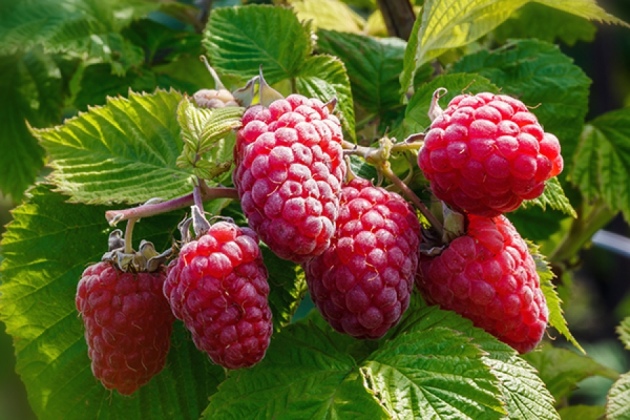
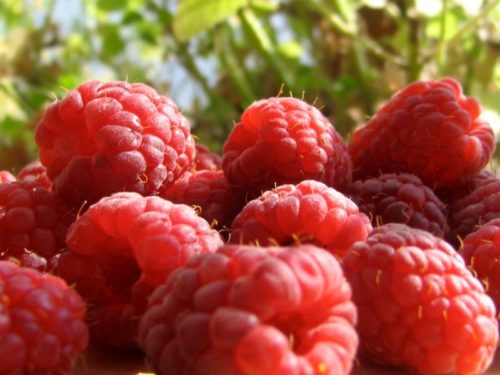
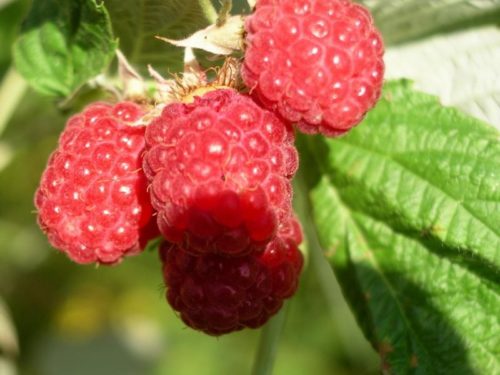
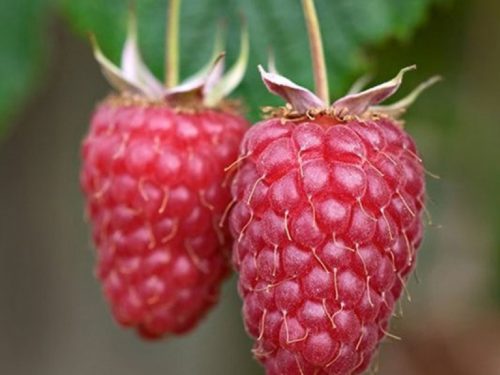
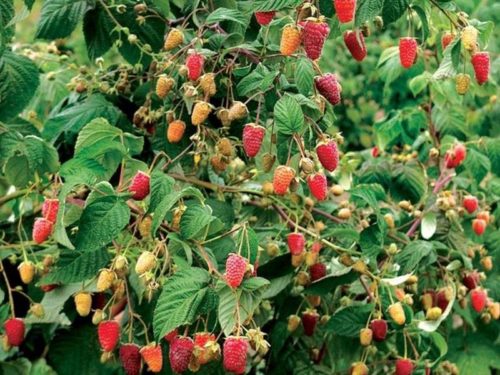
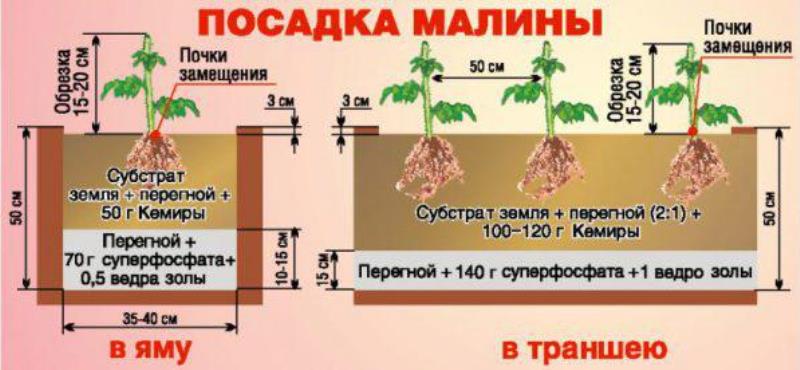
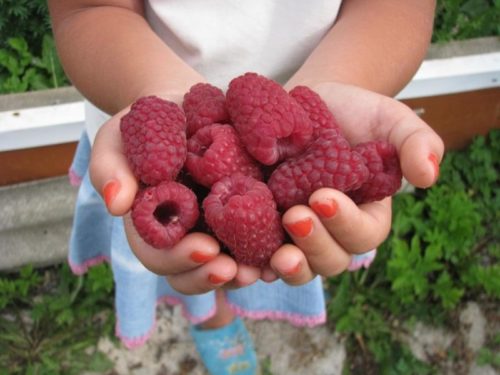
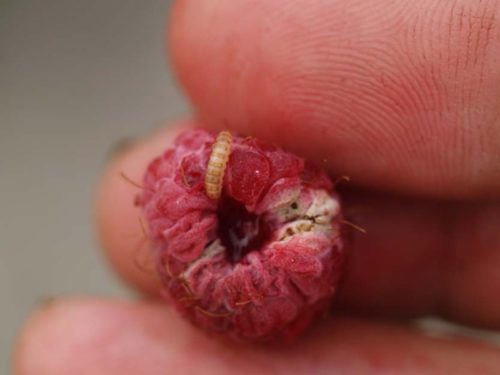












 Start a discussion ...
Start a discussion ...